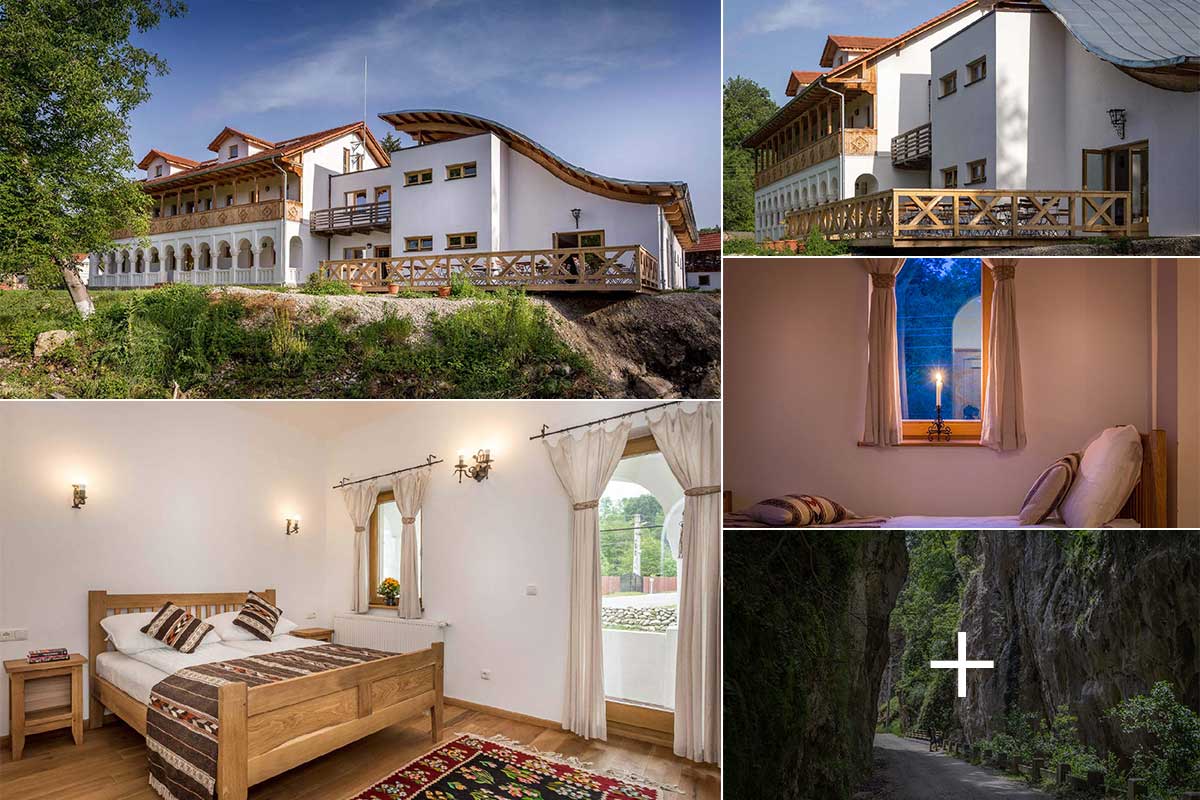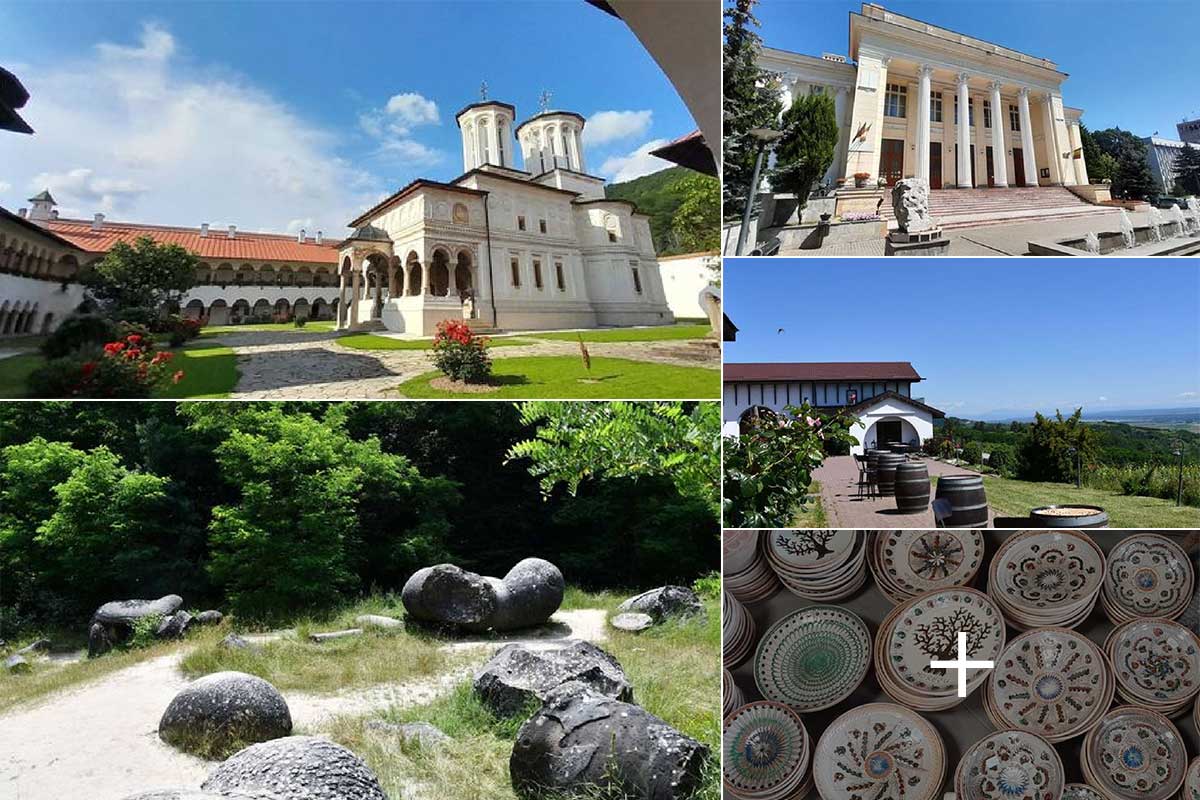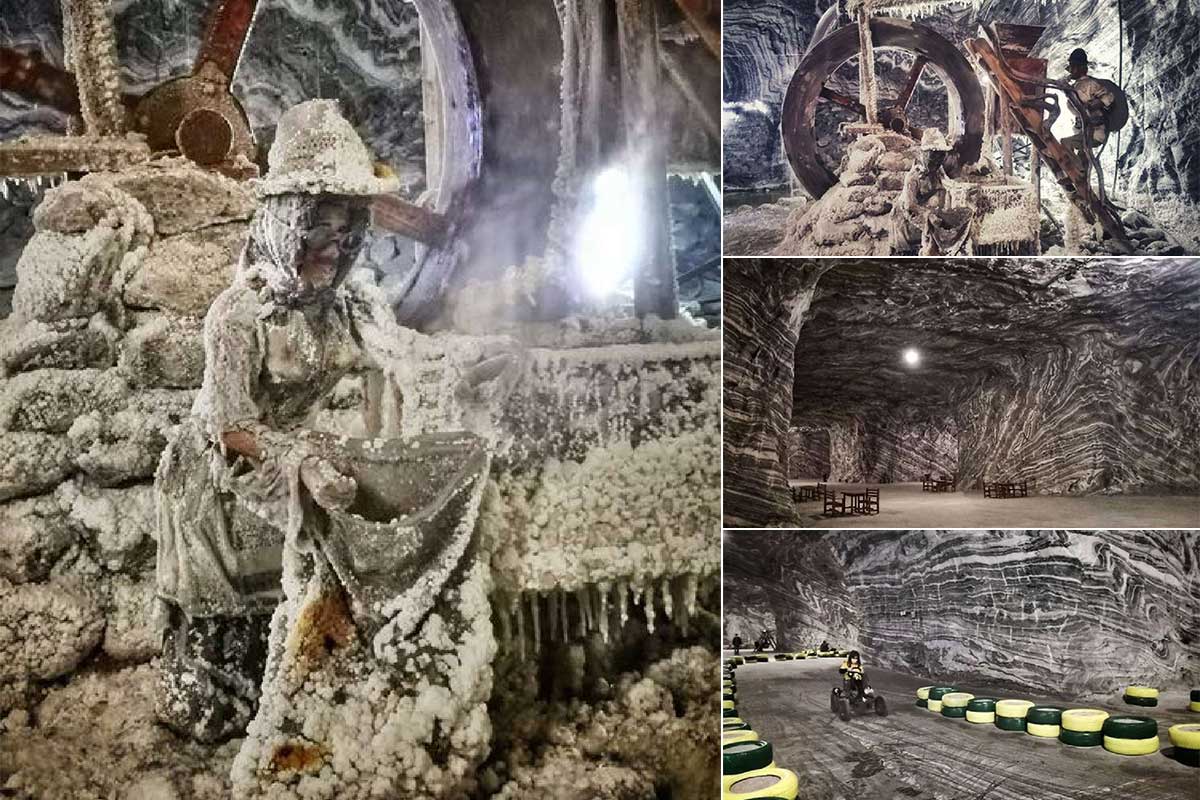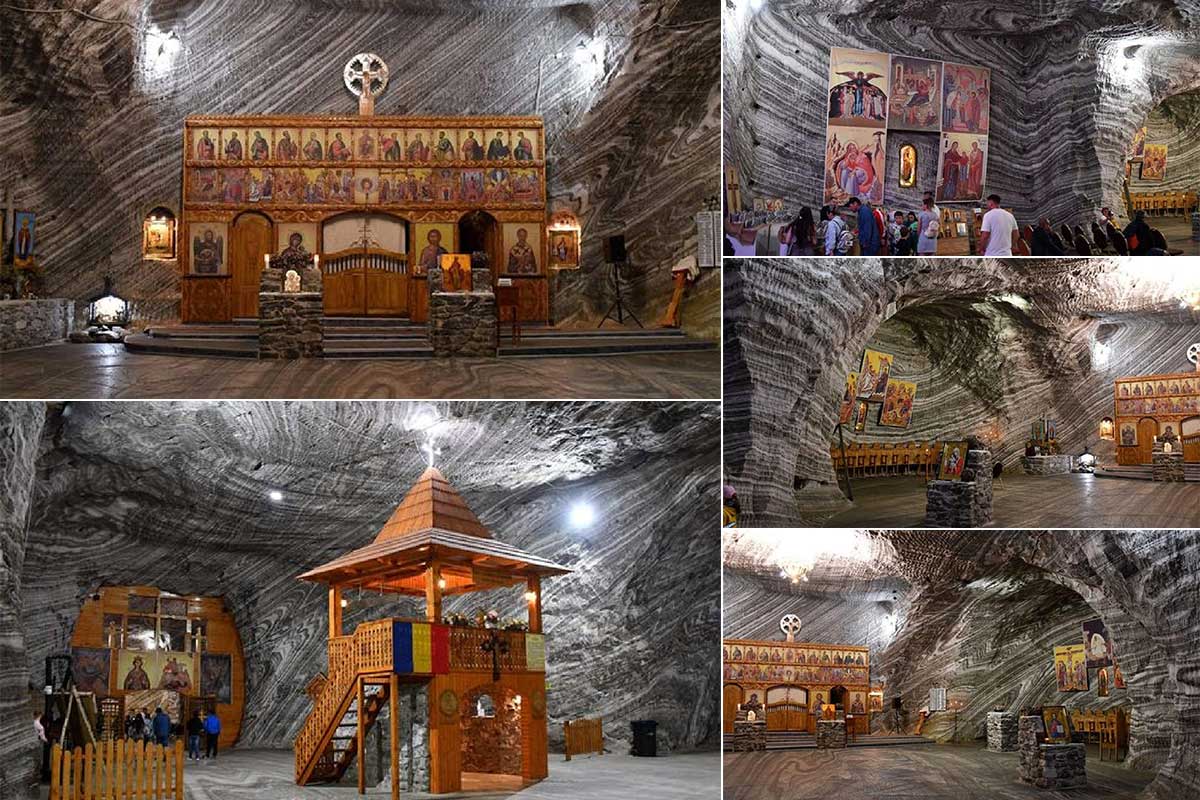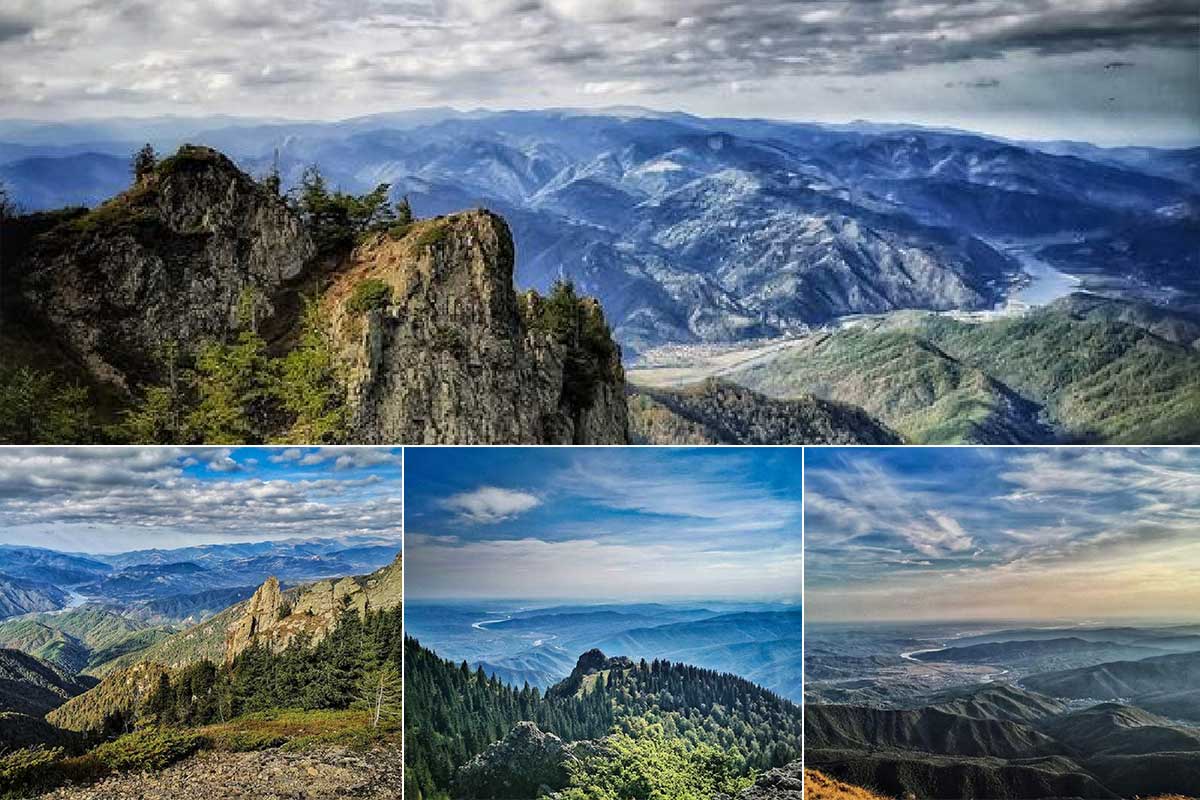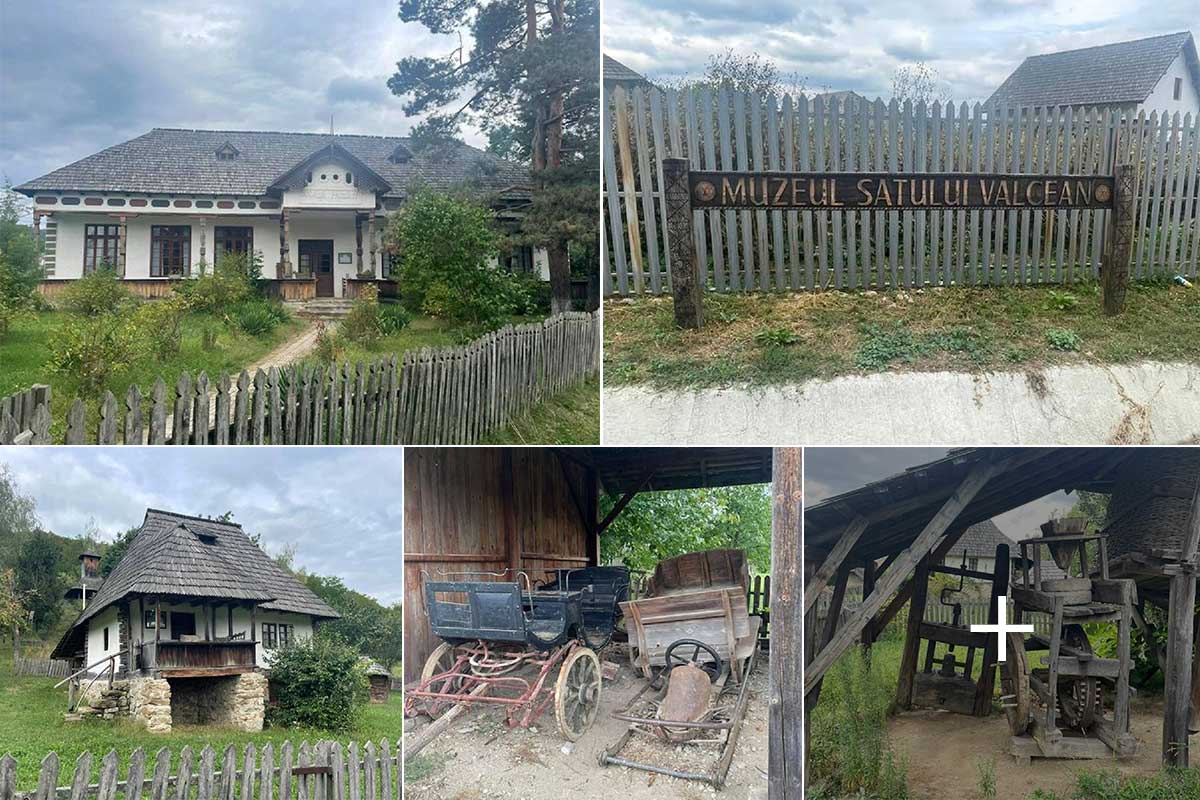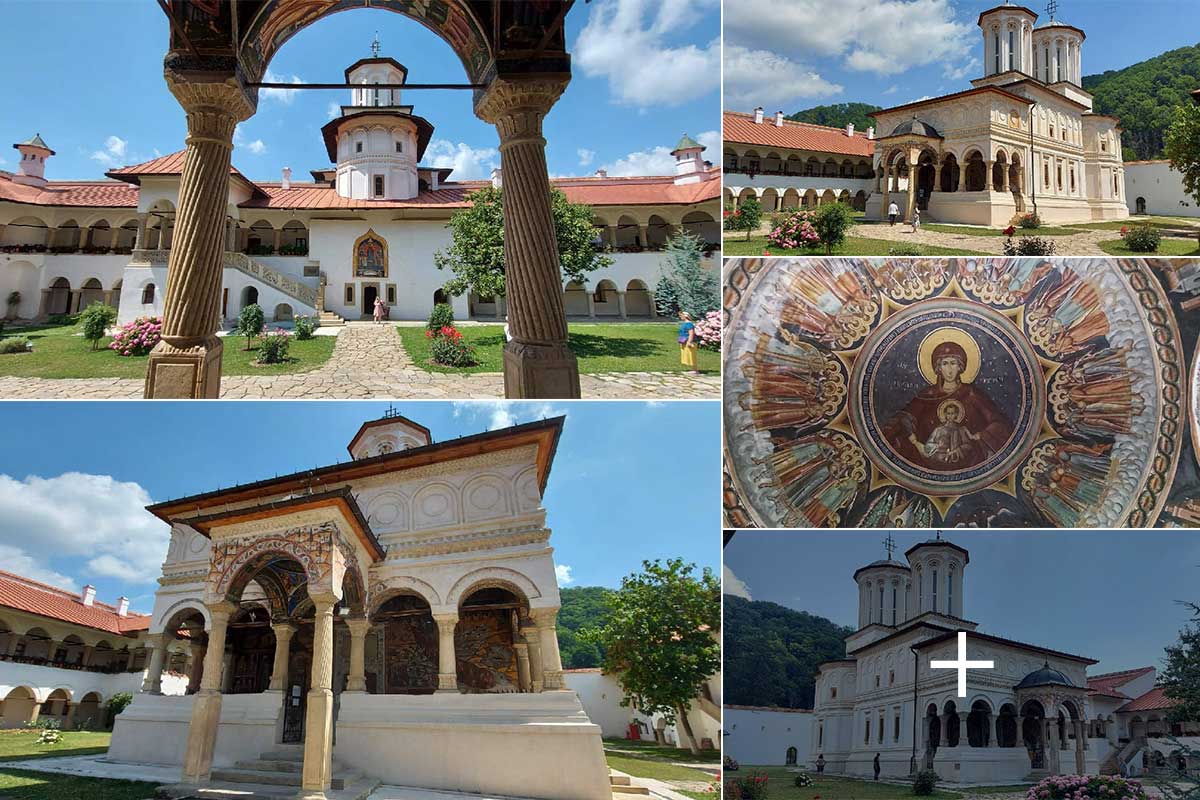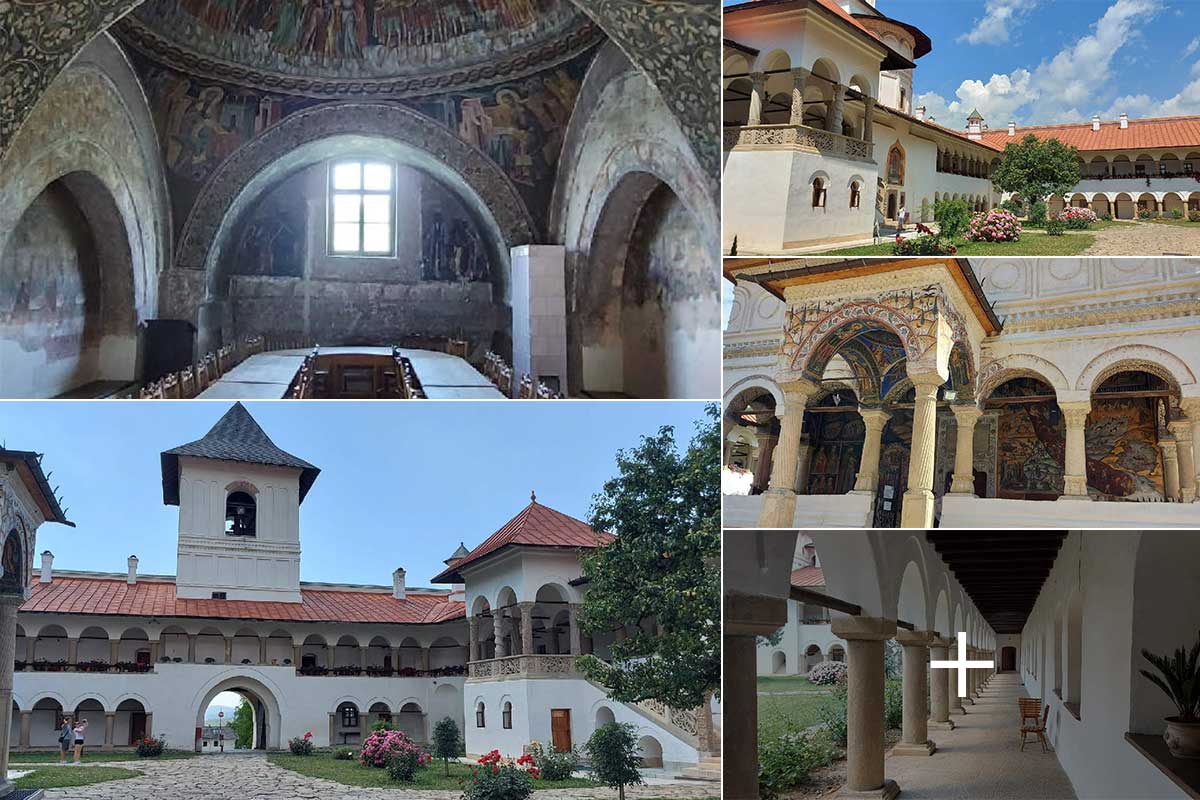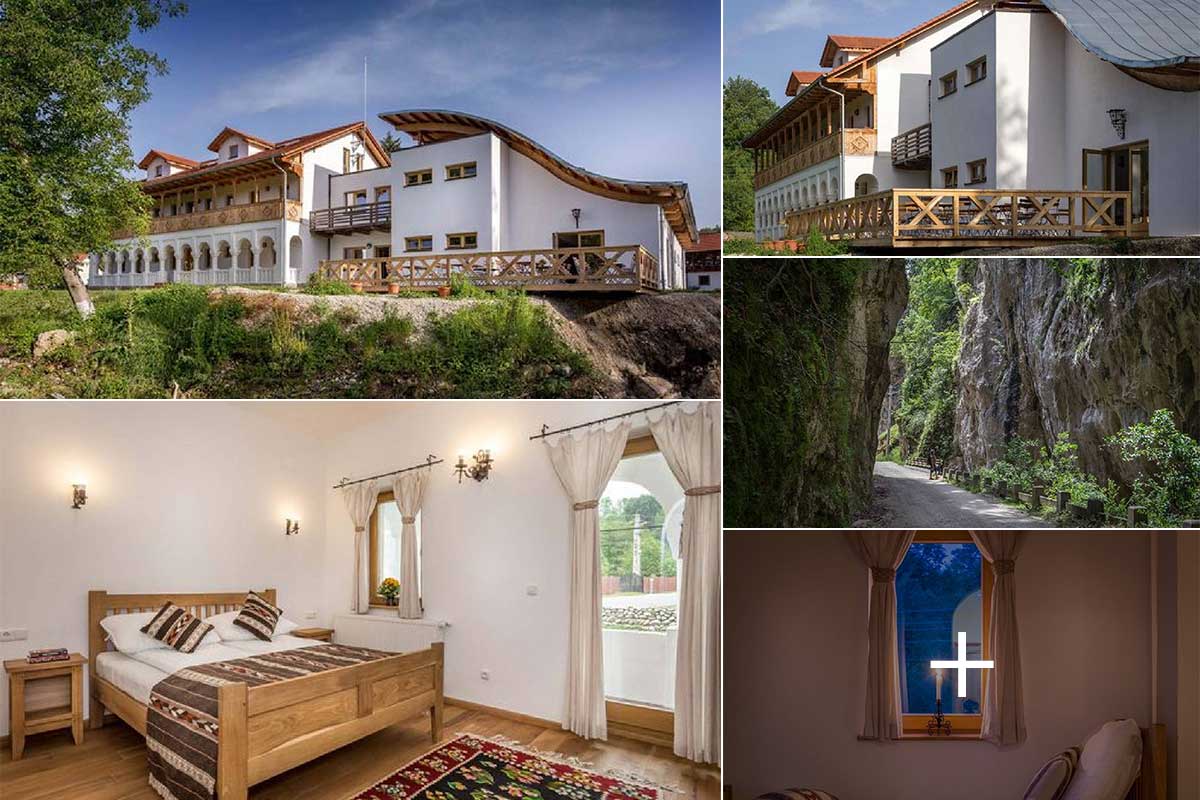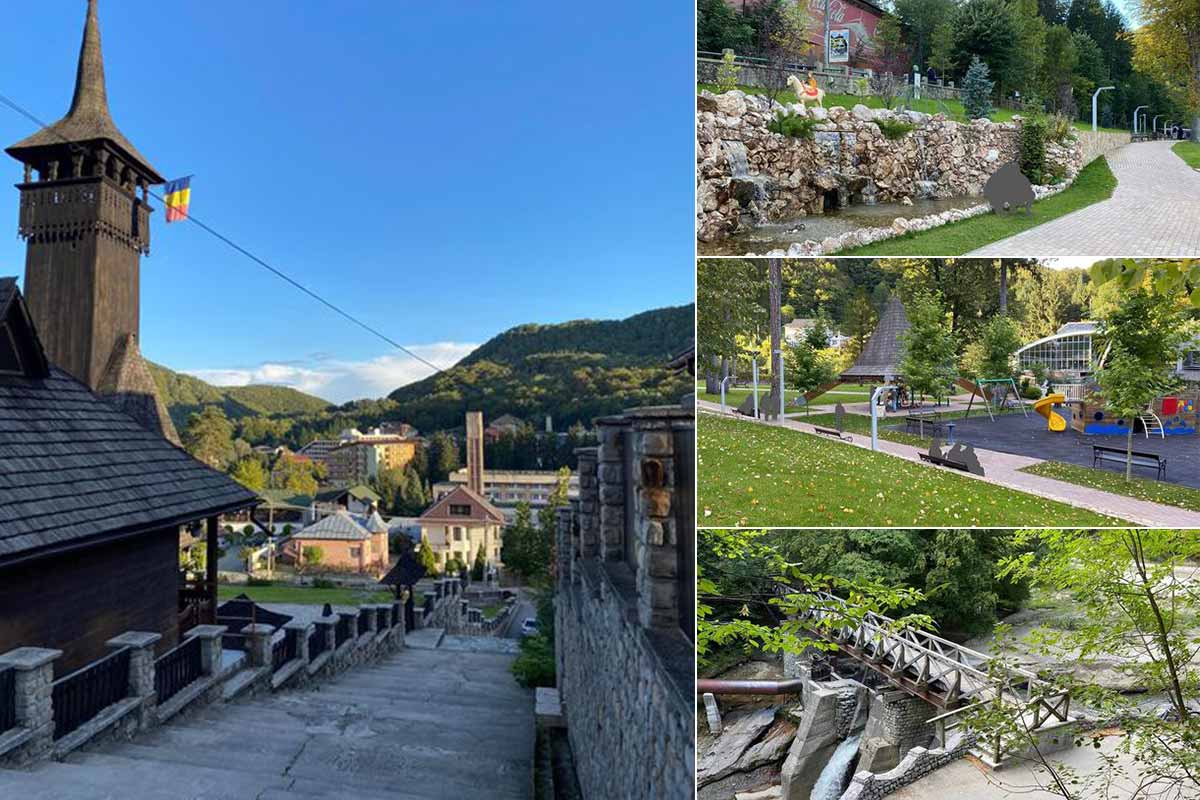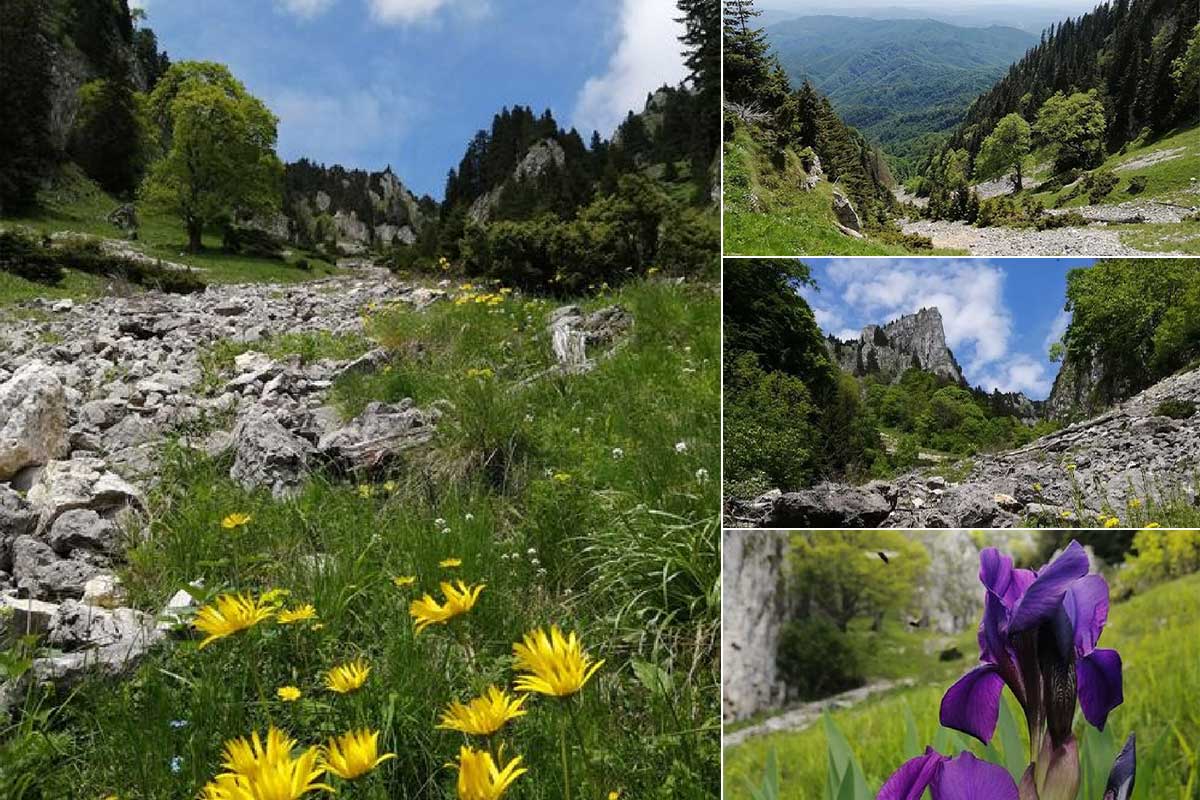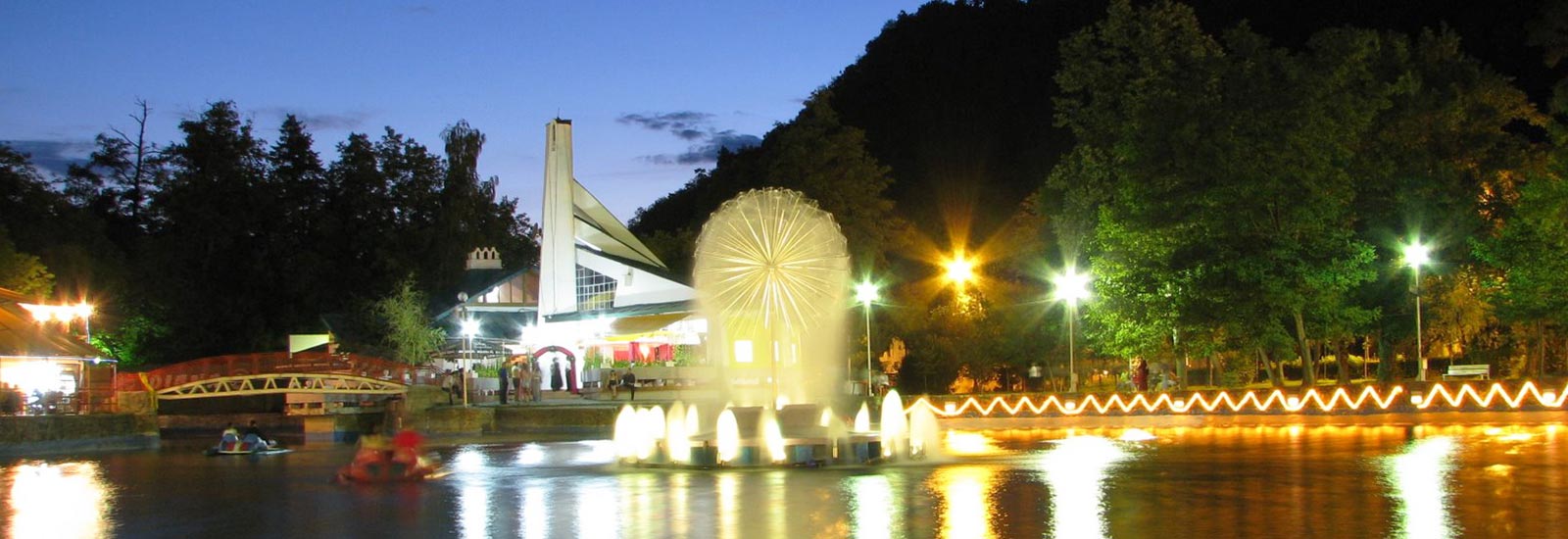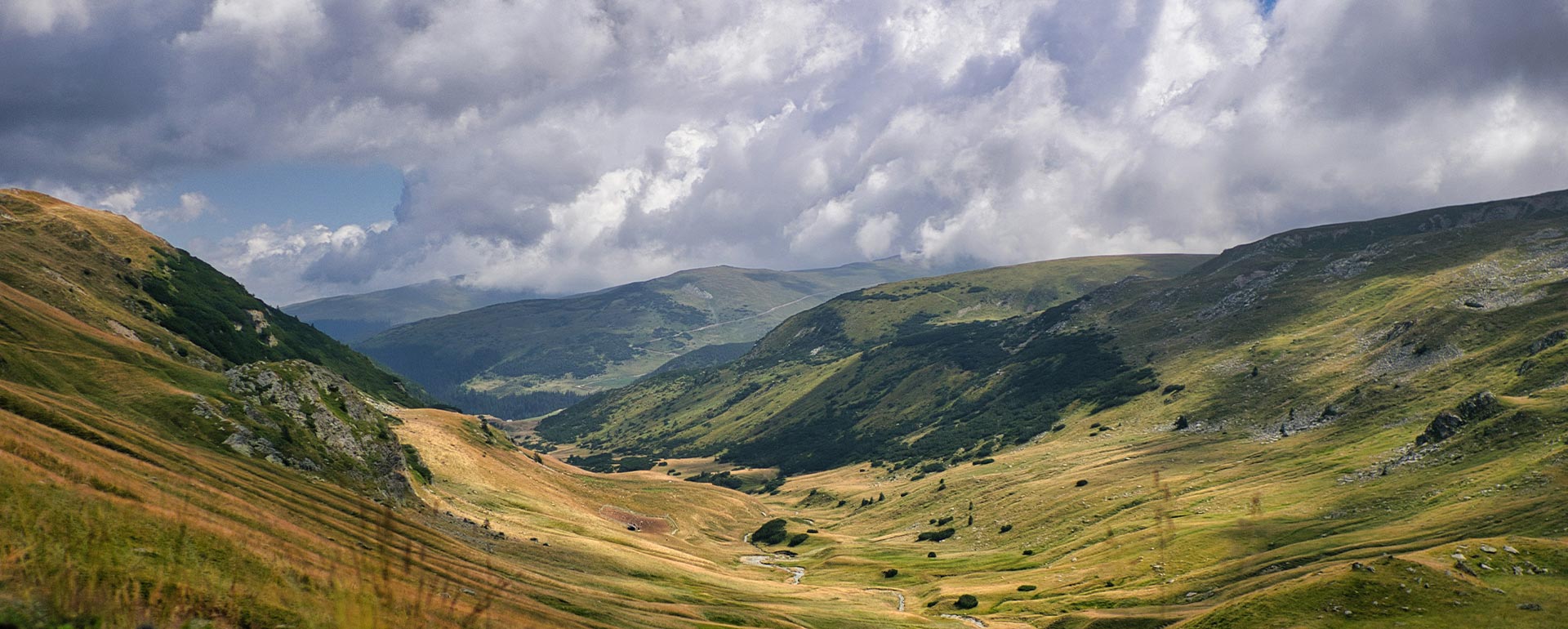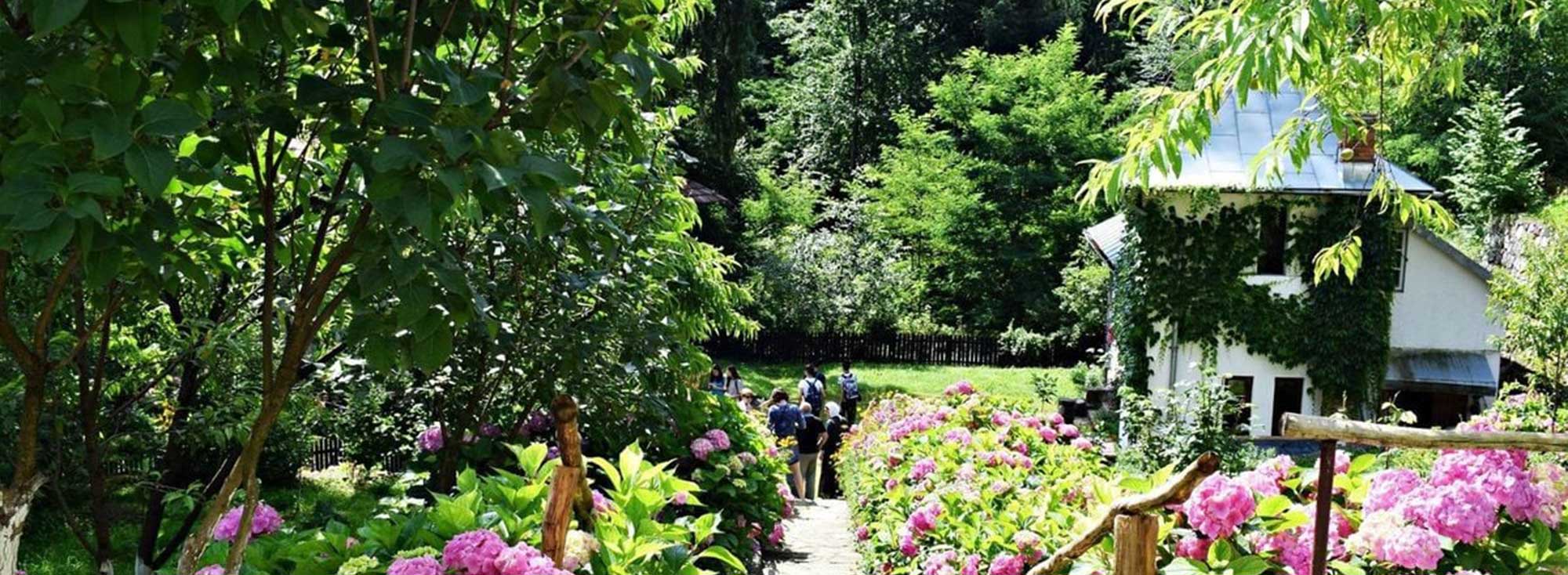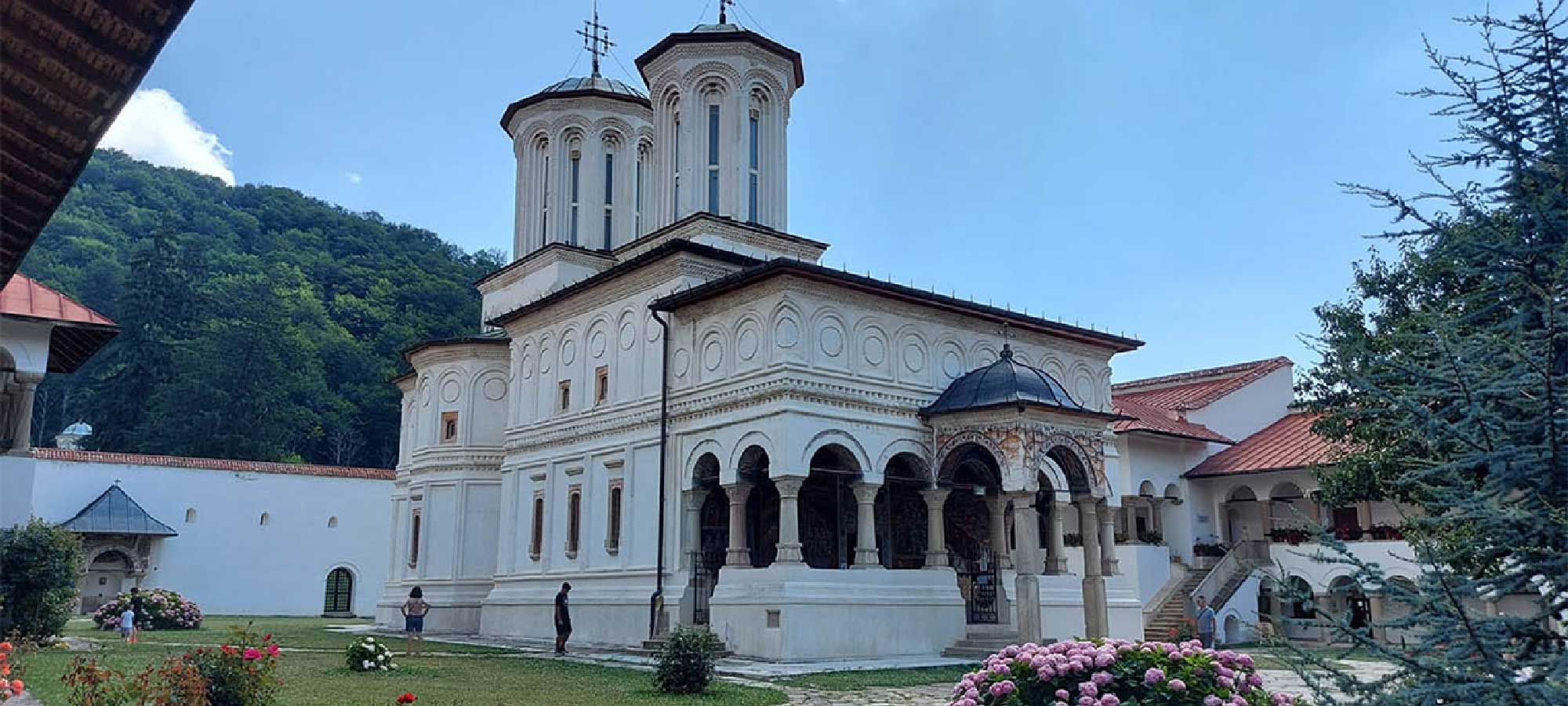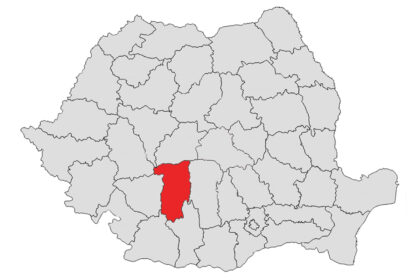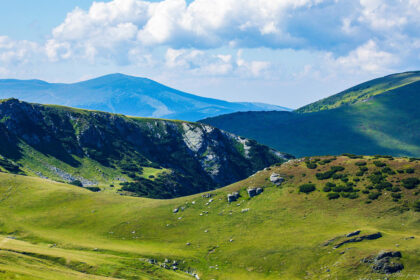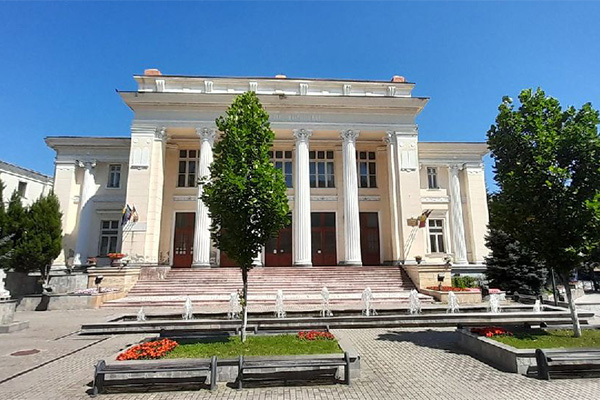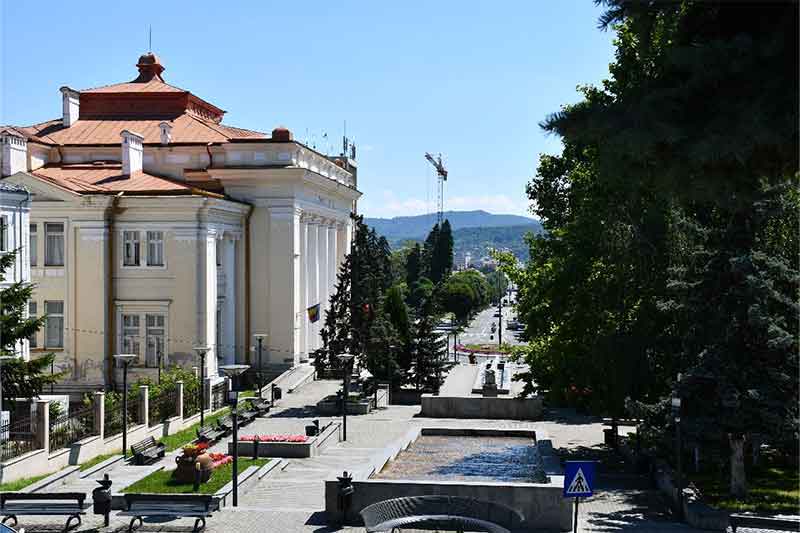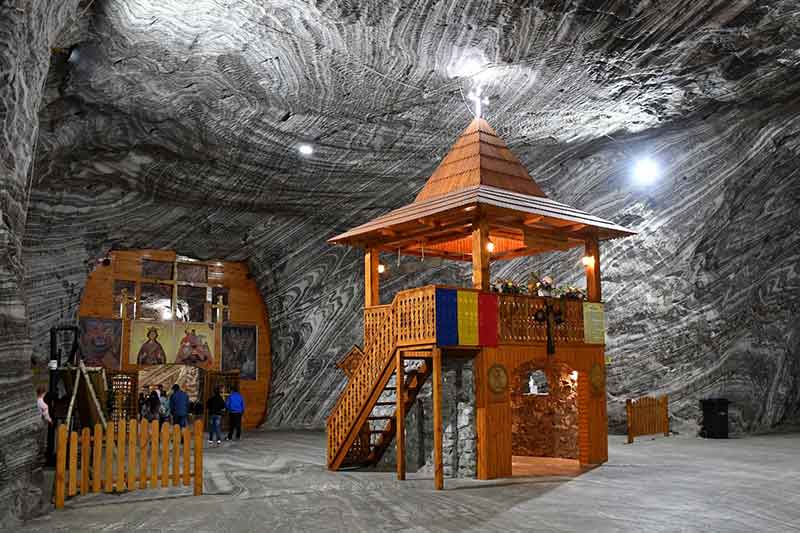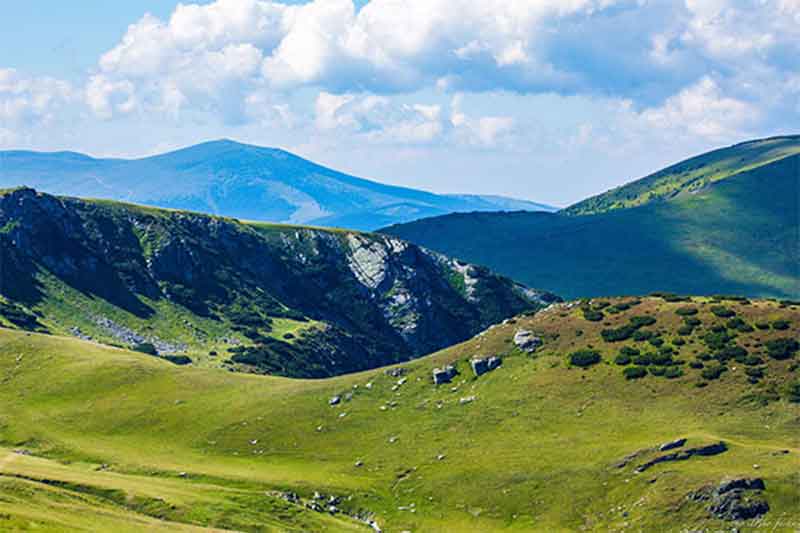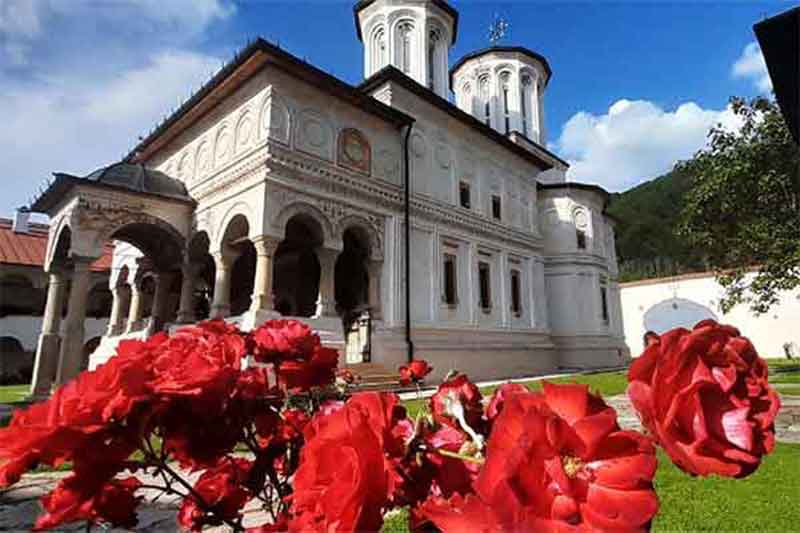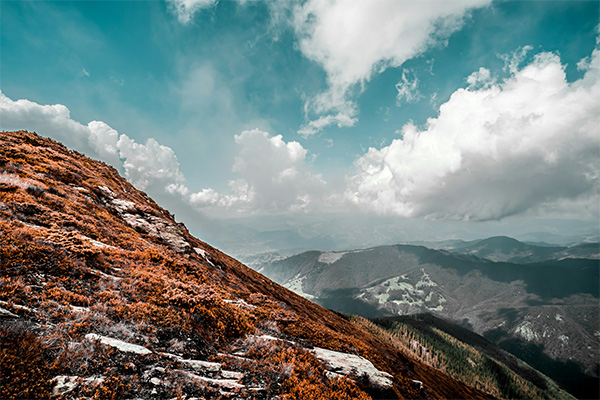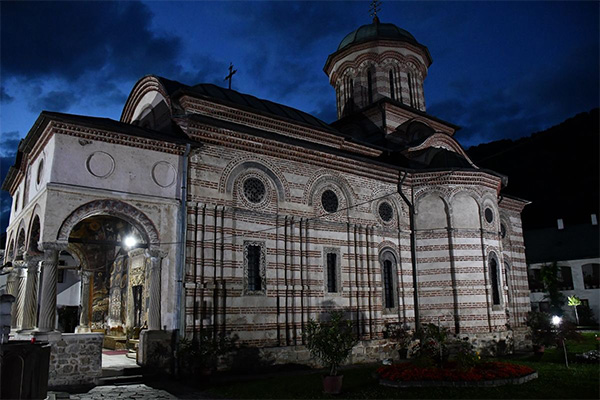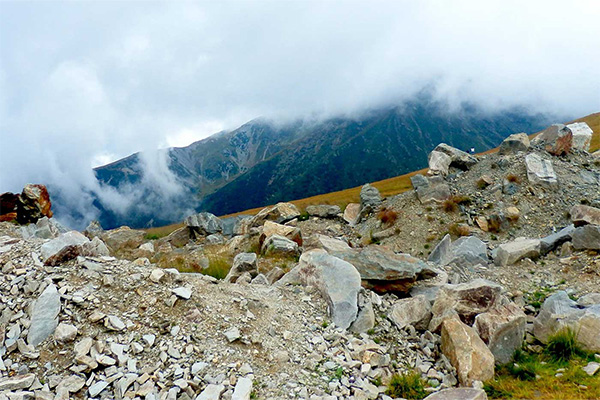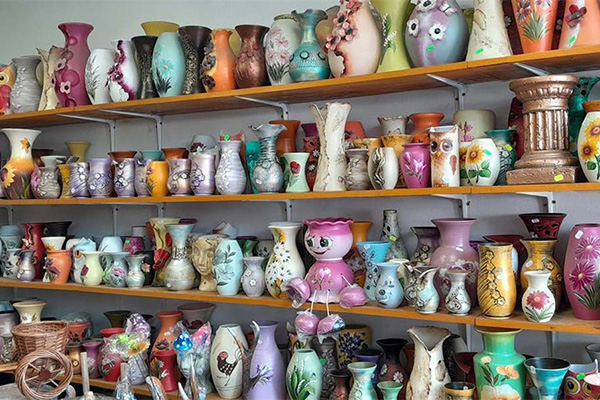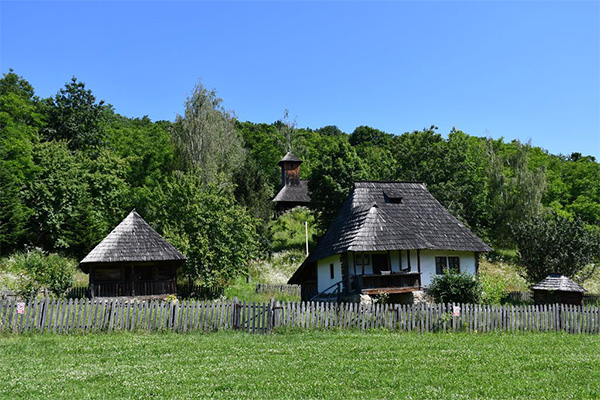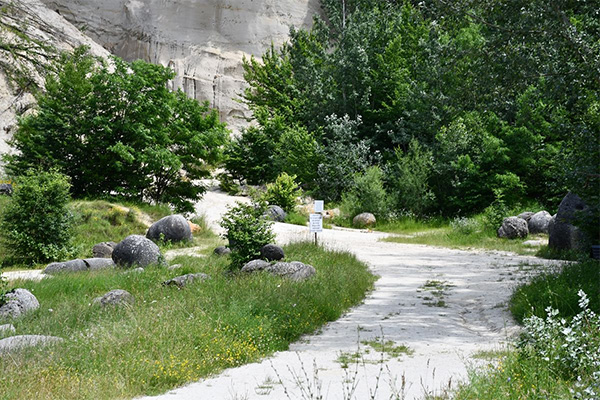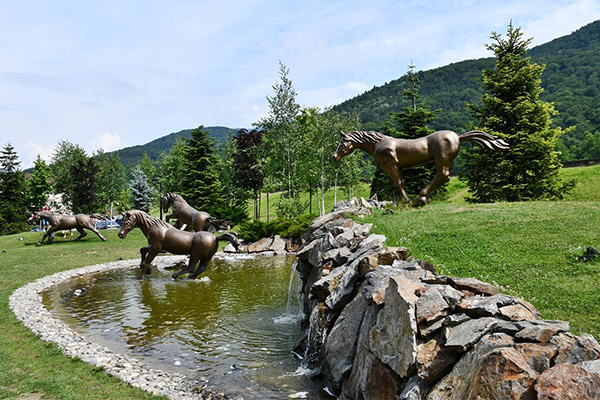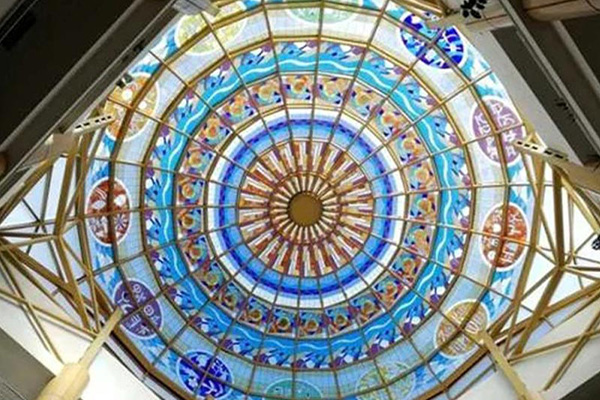Vâlcea County (Cities: Ramnicu Valcea, Dragasani, Babeni)
Vâlcea is a Romanian county in the Wallachia region with the capital of Râmnicu Vâlcea district. Its common abbreviation and license plate number are VL. Vâlcea County borders Sibiu County to the north, Argeș County to the east, Olt County to the southeast and Olt County to the south, Dolj County to the southwest, Gorj County to the west and Hunedoara and Alba counties to the northwest.
Tourist attractions / Excursion destinations and Recommendations / Activities
Ramnicu Valcea | Valcea County
[More about] [Map]
Râmnicu Vâlcea is a city with a remarkable tradition in pottery and local crafts. Situated at the confluence of the Olt and Cerna rivers, the city is known for its mountainous landscapes and green parks. Govora Baths and nearby resorts attract tourists seeking relaxation and therapeutic treatments. The city offers a calm atmosphere and is a great starting point for exploring the Cozia Mountains, making it a perfect destination for nature tourism.
Salt Mine Ocnele Mari | Valcea County
[More about] [Map]
Saline Church ( salt / salt mine ) Ocnele Mari is located directly in the salt mine and is dedicated to St. Varvara and St. George. The salt mine is located in the city of the same name Ocnele Mari, approx. 8 kilometers from the capital Ramnicu Valcea in Valcea. By bus ( you get off every 30 minutes ) visitors are taken in 10 minutes by car to / from the salt mine.
Transalpina (DN67C) | Valcea County
[More about] [Map]
The Transalpina, also known as Drum național 67C (Romanian for national road), is an important tourist road in Romania. It crosses part of the Carpathian Mountains (also known as the Transylvanian Alps) and connects Gorj County in Little Wallachia with Alba Iulia County in Transylvania. The Transalpina reaches an altitude of up to 2,140 metres.
Horezu Monastery | Valcea County
[More about] [Map]
Included in the UNESCO heritage list, Horezu Monastery is a remarkable example of the Brâncovenesc style. Built in the 17th century, it is famous for its unique architecture, painted decorations, and delicate sculptures. It is an important spiritual and cultural center in Oltenia, attracting pilgrims and tourists.
Cozia National Park | Valcea County
[More about] [Map]
Cozia National Park, a natural area in Valcea County, in the central-southern part of the Southern Carpathians, covers an area of 17.100 ha. The boundaries of the park overlap the eastern part of the Căpățânii Mountains, the entire massif of the Cozia Massif and the south-eastern part of the Lotrului Mountains.
Parang Mountains | Valcea County
[More about] [Map]
The Parâng mountain range is located in the central part of the Southern Carpathians (also known as the Transylvanian Alps), extending, among others, over the counties of Hunedoara and Gorj.
Cozia Monastery | Valcea County
[More about] [Map]
It is a foundation of Mircea the Elder, a medieval monastic complex, expanded and renovated over time. At first it was called Nucet Monastery, later it was changed its name after the nearby mountain, Cozia. The monastery is located 3 km from the resort Calimanesti-Caciulata and about 20 km north of Ramnicul Valcea.
Lotru Valley with Transalpina | Valcea County
[More about] [Map]
Lotru Valley is located in Valcea county and is a fairy-tale place with many tourist attractions worth visiting. It is known as one of the most picturesque tourist roads in Valcea that crosses several agrotouristic areas and includes 3 lakes, waterfalls and two mountain resorts. It is located in the Southern Carpathians, the Parâng group and for 80 km it crosses the Parâng Massif, the south of the Lotrului Mountains, the north of the Căpățânii Mountains and the Latoriței Mountains.
Horezu and Horezu Ceramics | Valcea County
[More about] [Map]
Horezu is renowned as the centre of Romanian ceramics, a place where the talent and skill of the locals gave birth to traditions and crafts that are still maintained today. Here you can find workshops where you can make different ceramic objects, known all over the world especially for the symbolic motifs used such as: the rooster, the dove, the fish, the wheat ear but also circles, spirals and concentric lines.
Valcea Village Museum | Valcea County
[More about] [Map]
The Village Museum of Valcea is an open-air ethnographic museum built on an area of 8 hectares, opened in 1974 in Bujoreni, Valcea. Founded in 1969 and opened to the public in 1974, the museum is located on the border of the municipality of Râmnicu Vâlcea and the commune. Covering an area of 8 hectares, the village-museum (comprising almost 80 architectural constructions and around 12,000 museum pieces) reconstructs the functional image of a traditional rural settlement, with all its social-cultural institutions.
Troubadour Museum | Valcea County
[More about] [Map]
The Trovantilor Museum is an open-air museum in Costești, 7 km from Horezu, in Valcea county. They are strange, bizarre, spherical, ellipsoidal or figure-eight shaped. They range in size from a few centimetres to several metres. They are “born” in a sandy hill, they come out of a ravine and fall into a valley. These are the stones from the Costesti commune in Valcea, known scientifically as trovanti.
Horse Park “Poiana lui Căliman” | Valcea County
[More about] [Map]
The Village Museum of Valcea is an open-air ethnographic museum built on an area of 8 hectares, opened in 1974 in Bujoreni, Valcea. Founded in 1969 and opened to the public in 1974, the museum is located on the border of the municipality of Râmnicu Vâlcea and the commune. Covering an area of 8 hectares, the village-museum (comprising almost 80 architectural constructions and around 12,000 museum pieces) reconstructs the functional image of a traditional rural settlement, with all its social-cultural institutions.
“Antim Ivireanul” County Library | Valcea City
[More about] [Map]
The work consists of 168 stained glass modules, handmade in 2005, with lead reinforcement, in the stained glass technique. The approval procedure began several years ago. It is a work by the Romanian artist Gheorghe Dican, vice-president of the Union of Fine Artists of Romania. The stained-glass dome covers an area of about 150 square metres and depicts the “Making of the World”. The creation stands about 30 metres above the base of the building.
Facebook PostsView all Facebook posts!



